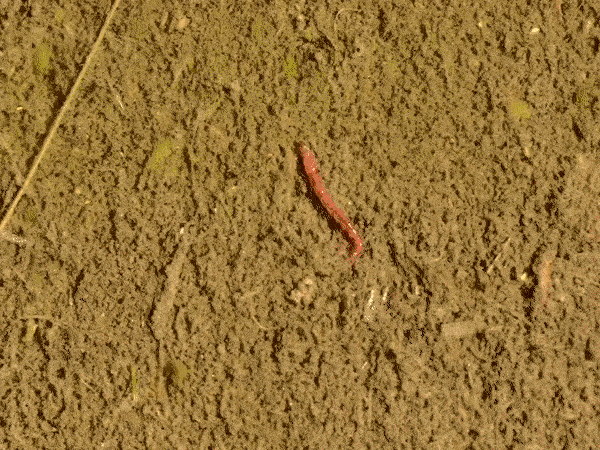What do homeowners detest the most showing up on their property?
Pink Flamingo Lawn Ornaments followed by squirrels.
Eastern Gray Squirrels are hated by most homeowners since these critters can often be seen snacking at backyard bird feeders, taking a bite out of the fruits on the fruit tree and then discarding the rest as well as gnawing through all the garden hoses and pipes.
If you think about it, humans hate squirrels because they remind them of themselves in a strange way. Wasting food, being able to adapt to different environments, having a wide variety of foods in their diet, stashing more than they need for difficult times ahead and calculating the most efficient way to get food are some qualities seen in both humans and squirrels.
But these squirrels do something that the majority of humans don't. They challenge their mates to a CrossFit workout.
You might have often seen squirrels running around, chasing each other up trees and you might have grumpily said "Silly squirrels. Don't they have anything better to do?"
Turns out the females who have paused their career and want to start a family will emit a scent to attract potential mates. This scent is sniffed by neighboring males who will now come running towards her. Well, some of these males skip the entire "Let's see if we are a match" part and will jump to the action part right away. To which the females will turn them down without giving a second thought.
Below is one who gets dismissed right away, so close yet so far.
These female squirrels don't want any run-of-the-mill male. They want a male who is the fittest of the bunch since that translates to the best batch of offspring. In order to put the male to the test, any interested males will be led on a wild chase that will test the endurance and skills of the potential mate. Only the ones who get to succeed on this athletic test will get to pass on their genes.
So the next time you see some squirrels throwing some martial arts moves on each other, you know what's up.
Midge flies might be cousins of mosquitoes in appearance but their childhood experience is pretty different. Midge fly larvae are commonly called bloodworms because of the presence of hemoglobin protein in the bodies which gives them a distinct blood red color. These worms can thrive in high pollution levels in water where the dissolved oxygen is pretty low. That qualification makes them feel at home in most of our creeks. In order to survive in these low oxygen levels, they will move around using rapid wave like motion which at first just looks like someone is spazzing out.
But when we slow down the action, these movements don't look that random. It is the same dance step done over and over again.






No comments:
Post a Comment
Did you learn something new in this post? Let us know in the comments below